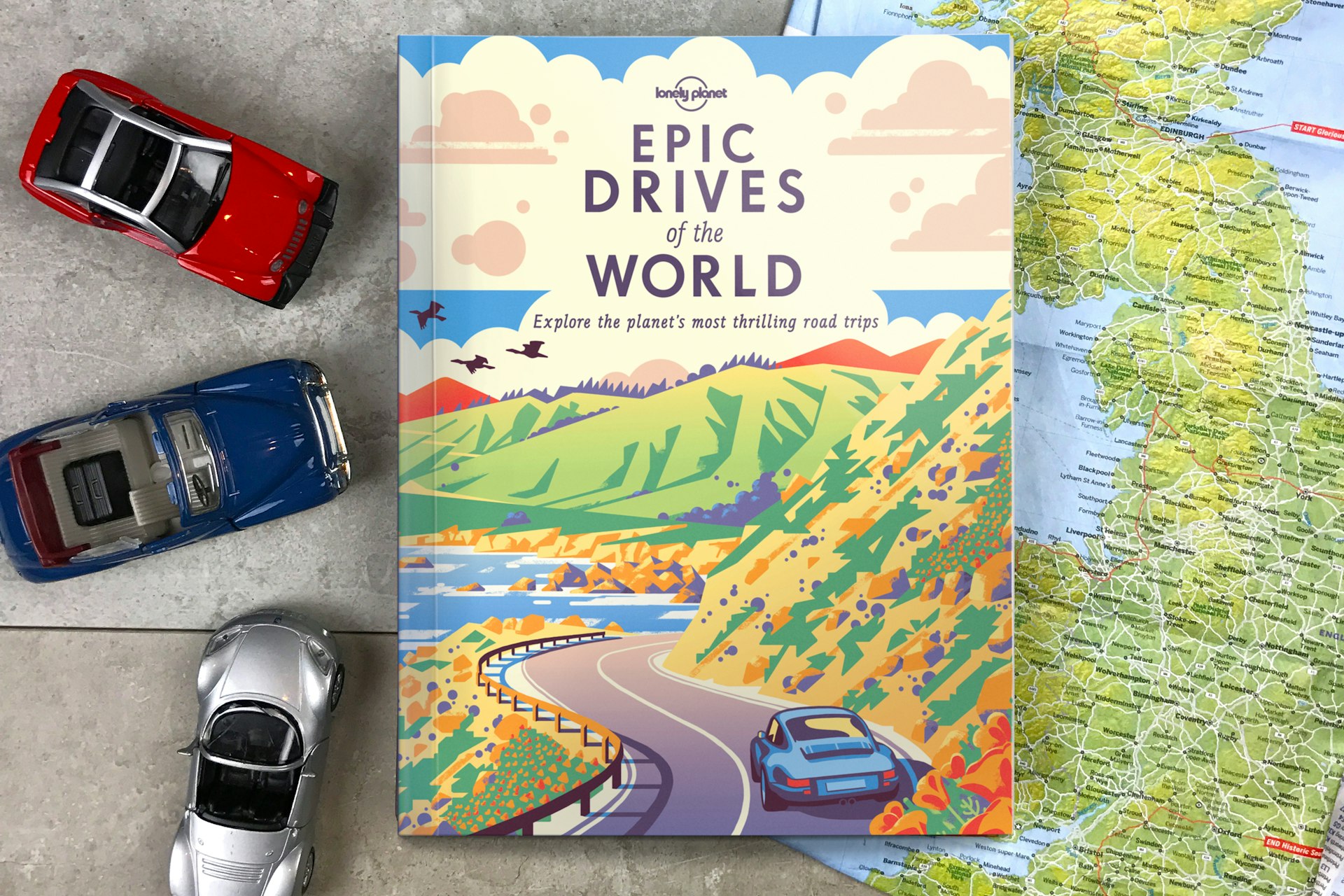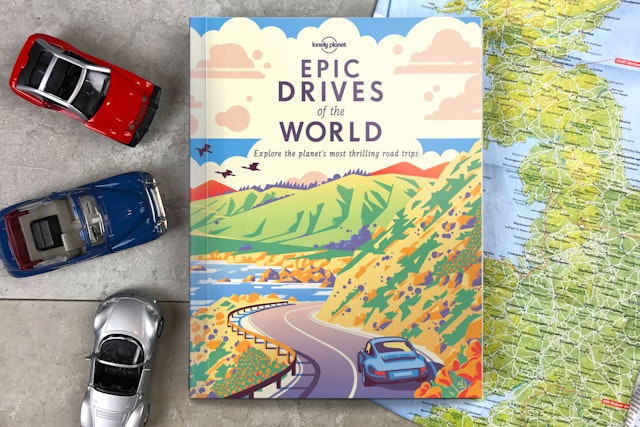Taking a day trip from San Francisco opens up a whole world of classic California experiences that are guaranteed to add spice to your trip.
Head south along the Pacific shore, or north across the Golden Gate Bridge, and you'll find hippie havens, tech playgrounds and buzzing Bay Area hubs. This is where the California dream grew up and settled down after the Summer of Love – it's the perfect add-on after exploring San Francisco's beaches and landmark sights.
You can delve into digital history in Silicon Valley, or zip over to Sonoma to open a bottle of bubbly with a saber, eat the meal of your life off a driftwood log, or meet the budding talent behind farm-to-spliff dispensaries. Over in the East Bay, the city of Berkeley sparked California's locavore (local food) movement and, thanks to its long-established university, it continues to be at the forefront of environmental and left-leaning political causes.
Marin County is something else again–a cluster of affluent hamlets with a nostalgic hippie vibe and some great places to eat and drink. The old-growth redwoods at Muir Woods, just 12 miles north of the Golden Gate Bridge, are the closest redwood stand to San Francisco and in Santa Cruz you can get lost in the madcap fun of beachfront attractions that you'll probably recognize from teen cult movie The Lost Boys.
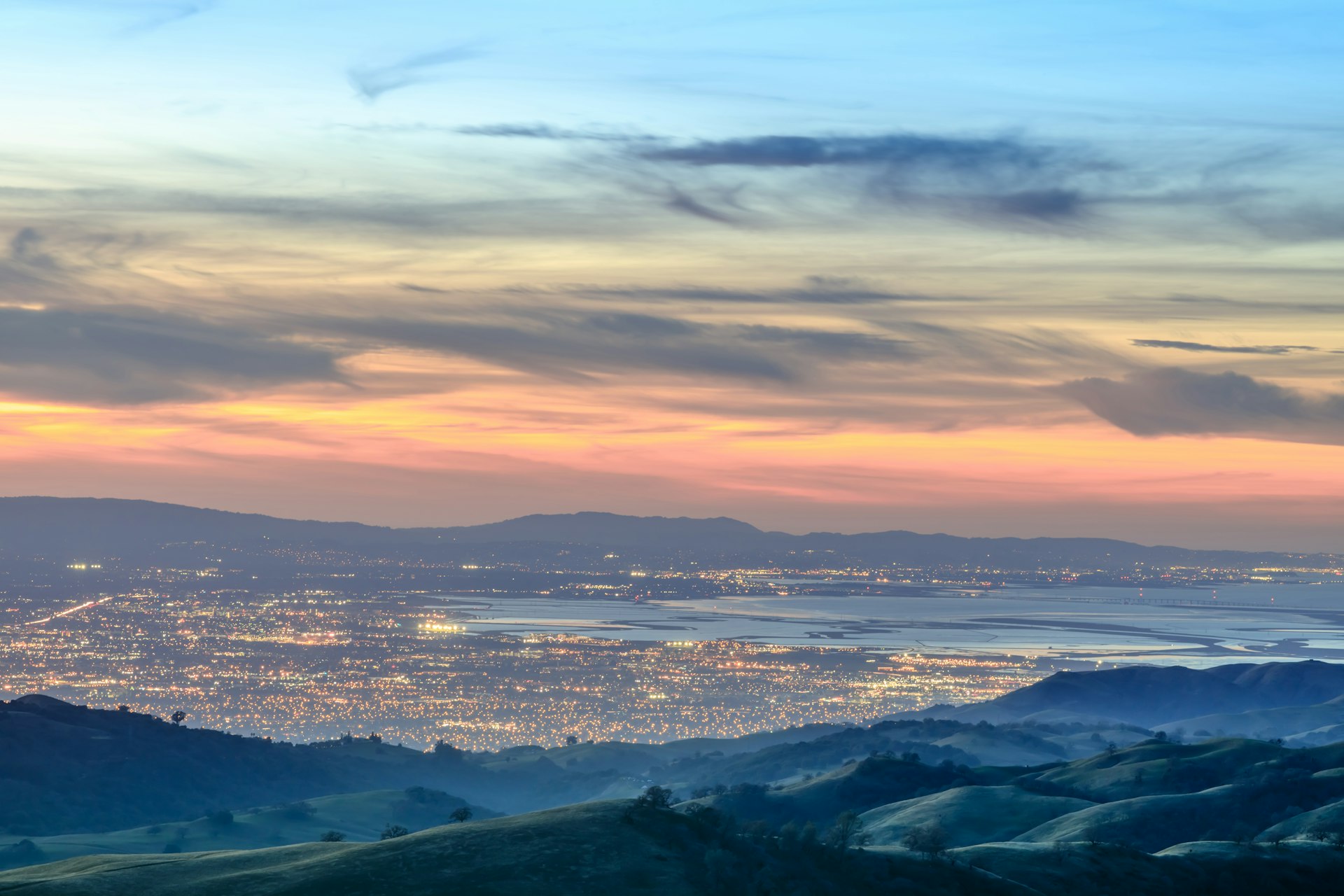
Silicon Valley
Best for tech nerds
You won't find Silicon Valley on any map: it's a nickname, not a physically defined area. The moniker is a reference to the silicon chips inside modern microcomputers, which were invented (and reinvented, and reinvented...) in the Santa Clara Valley, stretching from Palo Alto through Mountain View, Sunnyvale and Cupertino to San Jose. Looking at this vast sea of tech hubs and suburbs today, it’s hard to imagine that as recently as the 1940s, this was a wide expanse of orchards and farms.
Touted as the largest computer exhibition in the world, the Computer History Museum has rotating exhibits drawn from a collection of over 100,000 items. Artifacts include early Cray-1 supercomputers, a Babbage difference engine (a Victorian-era automatic computing engine) and the first Google server. At the impressive Apple Park Visitor Center, hardcore fans can play with all the latest Apple tech, take short classes led by the resident Geniuses, virtually explore the space-age Apple Park via iPad and commiserate that yes, Steve Jobs has left the building.

There are no official tours of Google's corporate headquarters, Googleplex, but visitors can stroll the campus and gawk at the public art on the leafy grounds. Check out the toothy T rex festooned in pink flamingos, and the lawn sculptures of Android operating systems (a cupcake, doughnut and robot), nearby at 1981 Landings Dr, where the Google company store sells logo-branded merchandise. The huge Facebook Headquarters campus at Menlo Park doesn't allow visitors, but that doesn't deter the throngs of fans who stop for selfies at the thumbs-up sign at 1 Hacker Way.
Over at 2200 Mission College Blvd in Santa Clara, the Intel Museum has displays on the birth and growth of the computer industry, with special emphasis, unsurprisingly, on Intel's pioneering involvement in the creation of the microchip. Call ahead to check opening hours as they sometimes close for events. Nearby, in San Jose, you can be wowed by exhibits on robotics, biotechnology and virtual reality at the Tech Museum of Innovation, then snap a selfie inside the Tesla electric-car showroom and interactive design studio at Santana Row shopping mall.
How to get to Silicon Valley: A double-decker commuter rail service, Caltrain, operates up and down the Peninsula between San Jose and San Francisco ($10.50, 65 to 85 minutes). Trains run hourly on weekends and more frequently on weekdays. Bicycles can be carried on designated cars only. San Jose’s terminal, Diridon Station, is just south of the Alameda district.
Coming by car, San Jose is at the southern end of the San Francisco Bay, some 50 miles from San Francisco via Hwy 101 or I-280. Bringing your own wheels provides a little more freedom, but you will run into traffic at any time of day on Hwy 101. Although the I-280 is slightly longer, it’s much prettier and usually less congested. Heading south, Hwy 17 leads over the mountains to Santa Cruz.
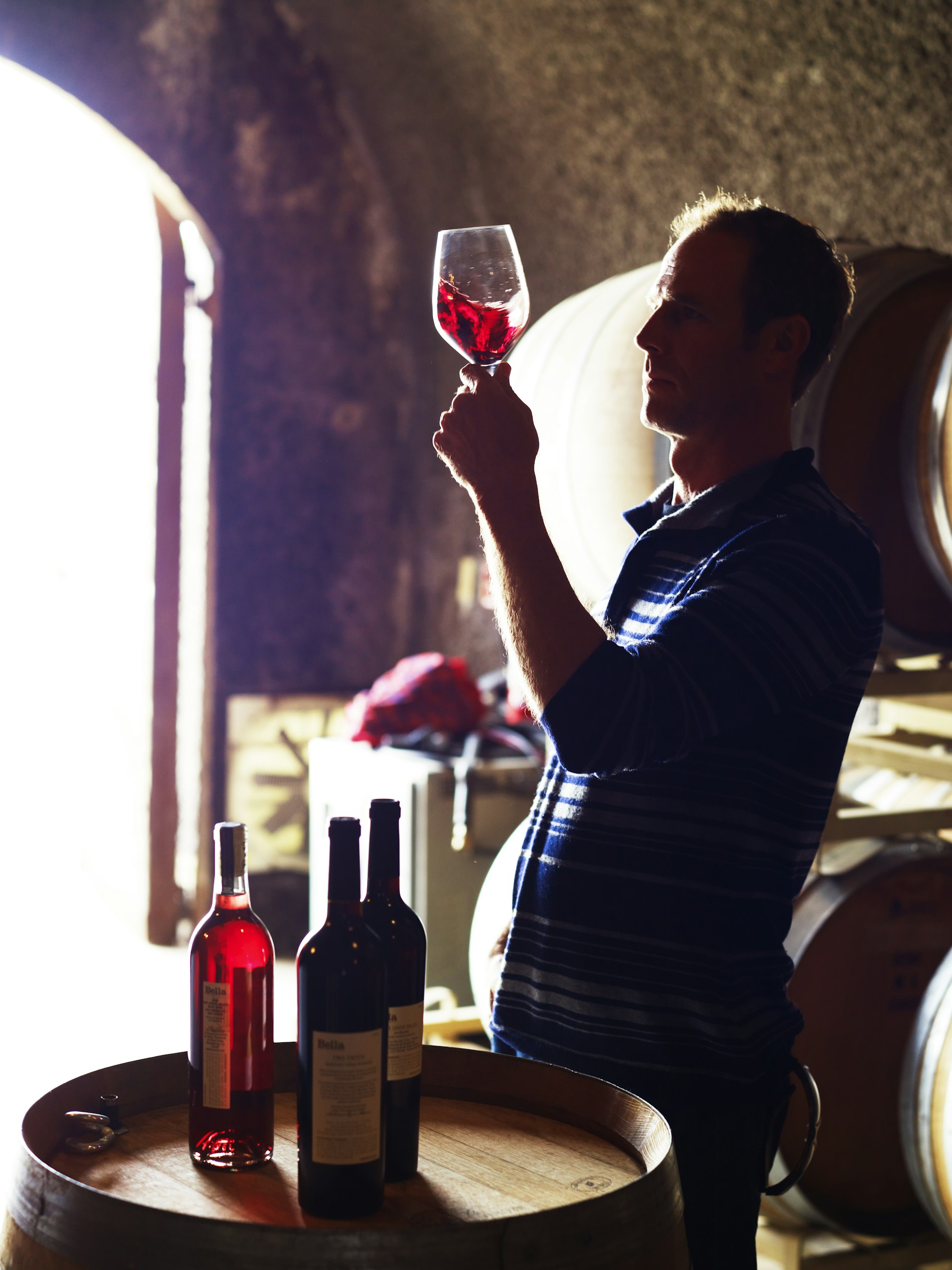
Sonoma Valley
Best for wine tasting and nature
The rhythm of the Sonoma Valley is an easy groove to fall into, following tracks worn over thousands of years. Modern-day visitors from SF are simply following in the footsteps of the Miwok, Pomo and Wintun people who converged in this lush valley to feast, relax and swap stories. Native Americans called this place the Valley of the Moon–sonoma in the local dialect–and the mystical name stuck.
Today the Valley of the Moon is a delightful host – fun-loving and down to earth, yet with a distinct gourmet flavour. Historic vineyards and community farms thrive on the valley's uniquely rich soil, downhill from extinct volcano Mt St Helena in the Mayacamas Mountains and watered by underground mineral springs from the western Sonoma mountain range. A number of local farmers have swapped grapes for legal cannabis plants in recent years. Most journeys through the valley start in historic Sonoma, with its lively town square, farm-proud restaurants, indie boutiques, and dozens of tasting rooms offering a sip of tasty local vintages.
Heading up the valley, the tiny, quaint 19th-century resort town of Glen Ellen is full of surprises: acclaimed restaurants, recycled art masterpieces, powerful martinis, rare Japanese maples, wilderness horseback rides, and luxury cottage hideaways. Further north, the collection of vineyards known as Kenwood serves up wine-pairing feasts, not-quite-hot springs pools, and hikes in Sugarloaf Ridge State Park. It's a great spot to appreciate how far the valley has come since the first vineyards were founded in the 1850s.
How to get to Sonoma: The easiest way to reach Sonoma is by car, but this doesn’t work well if you also want to visit a few tasting rooms. Many oenophiles use a ridesharing app, but expect the total fares to be at least $250 for the day. An easier way to visit in on a wine-tasting tour from San Francisco, where they take care of all the logistics. You can also come by bike, though it's complicated, with some long distances to cover; start by taking the ferry from the San Francisco Ferry Building to Larkspur, then a SMART train to Petaluma, a 15-mile ride from Sonoma.
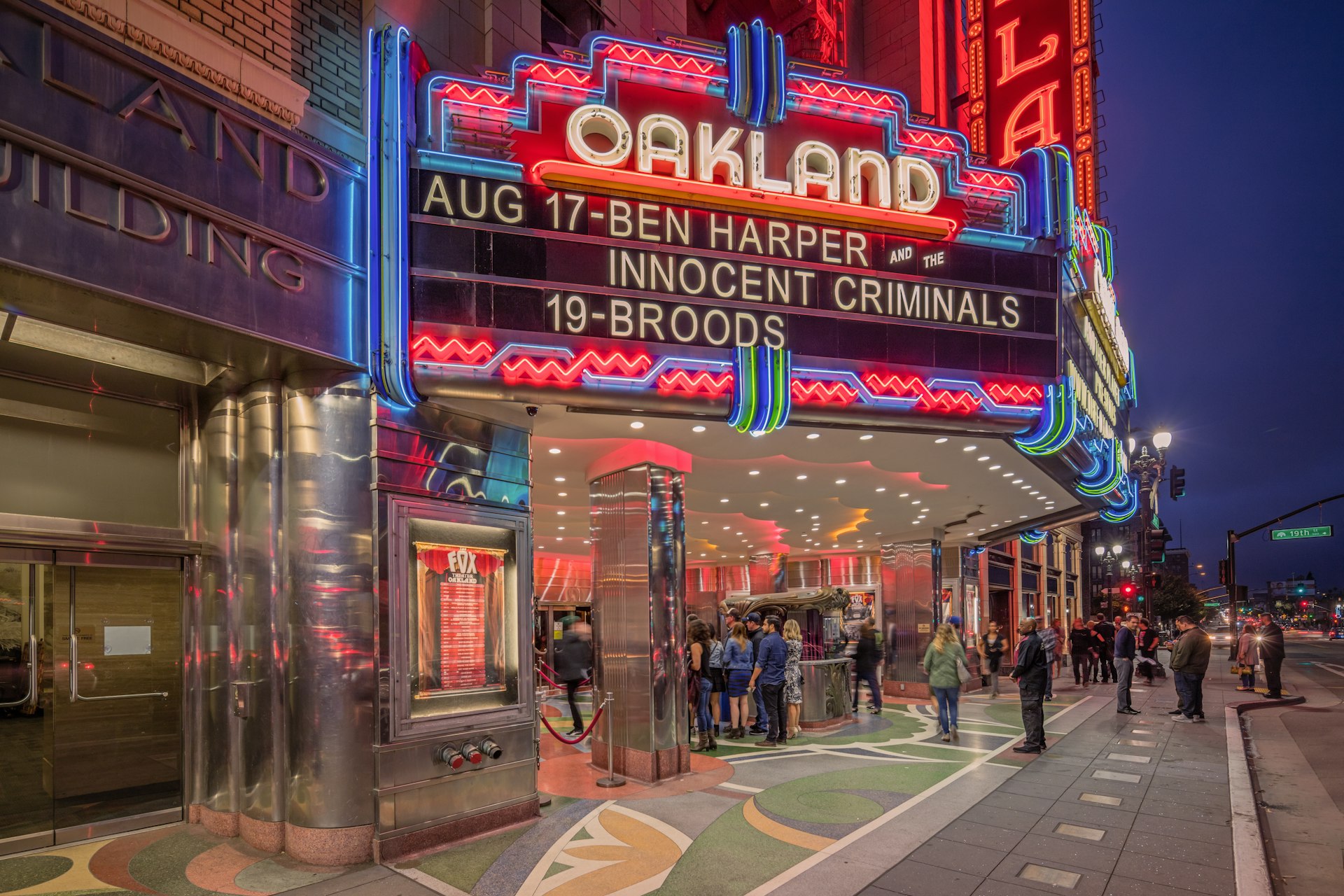
The East Bay (Oakland/Berkeley)
Best for seeing a different side of the Bay Area
Berkeley and Oakland are what most San Franciscans think of as the East Bay, though the area includes numerous suburbs that swoop from the bayside flats to exclusive enclaves in the hills. The East Bay is easily accessible from San Francisco via the Bay Bridge or the Bay Area Rapid Transit (BART) train through an underwater tunnel. There are a wealth of museums and historical sites, a world-famous university, excellent restaurants and bars, a creative arts scene, offbeat shopping, woodsy parks and famously sunny weather to seal the deal.
Have you ever fancied a boozy stroll through a former Naval Air Station? The western tip of Oakland's Alameda Island has been transformed from its former military purpose into 'Spirits Alley', a string of artisan distilleries, wine-tasting rooms and breweries that have sprung up in historical buildings and long-deserted airplane hangars. Webster St connects Alameda to downtown Oakland, with loads of places to eat and a growing number of colorful stops, including the Pacific Pinball Museum, where you can cast aside your video-game consoles and phone apps and return to the golden age of gaming. If you fancy staying after dark, check out who's playing at the Fox Theater on Telegraph Ave, a nostalgic music venue in a converted 1920s movie-house.
In Berkeley, the most famous sight is the leafy campus of University of California, Berkeley, but we recommended heading over to North Berkeley, an easy-going neighborhood filled with lovely garden-fronted homes and parks. The popular foodie hotspot, North Shattuck District stretches along Shattuck Ave north of University Ave for several blocks, anchored by the acclaimed restaurant, Chez Panisse, owned by Bay Area icon and foodie pioneer, Alice Waters. Further northwest, Solano Avenue crosses from Berkeley into Albany, lined with offbeat shops and family-friendly restaurants.
How to get to the East Bay: The best way to reach the East Bay is by BART, the local mass transit system. Fares start from $4.20 each way from San Francisco to Oakland or Berkeley and trains run at least every 15 minutes during the day. The primary BART stop in Oakland is ‘12th Street-Oakland,’ and in Berkeley, it’s ‘Downtown Berkeley.’ Allow 25 to 30 minutes to get here, depending on which part of the East Bay you want to visit.

Marin County
Best for hiking, biking and small town rambling
Just across the Golden Gate Bridge from San Francisco, Marin County is a collection of well-to-do, wooded hamlets that still hang tenuously to their hippie roots. The ‘common’ folk here eat organic, vote far left and drive Teslas. Tons of old rockers, from members of the Grateful Dead to Metallica, have owned properties in these hills, a testament to the county's enduring rebel reputation. The interior of Marin is wild and mountainous; redwoods grow on the coast-side hills, surf crashes against cliffs, and hiking and cycling trails crisscross scenic Point Reyes, Muir Woods and Mt Tamalpais.
Walking or cycling across the Golden Gate Bridge to Sausalito is a fun way to avoid traffic, get some great ocean views and breathe in that refreshing Marin County air. It’s a fairly easy journey of four miles from the south end of the bridge, mostly flat or downhill when heading north from San Francisco, and it takes less than an hour. Cycling back to the city involves one big climb out of Sausalito. You can also simply hop on a ferry back to SF.
Once in Sausalito you can continue your bike ride south on Bridgeway Blvd, veering left onto East Rd toward the kid-friendly Bay Area Discovery Museum. Another rewarding route heads north along Bridgeway Blvd, then crosses under Hwy 101 to the friendly hamlet of Mill Valley. At Blithedale Ave, you can veer east to the cute village of Tiburon, which has stunning views over the Bay; a bike path parallels parts of Tiburon Blvd.

To gawp at the giant redwoods at Muir Woods National Monument, a short trip west across the isthmus, it's easiest to come by car, as access to the redwood stands is by shuttle bus from the reserve car park. You can continue the drive north from Sausalito through the charming small towns along and near the Sir Francis Drake Blvd corridor – including Larkspur, San Anselmo, Fairfax and Lagunitas.
Kicking off in Larkspur, go window-shopping along Magnolia Ave (just west of Hwy 101) or treat yourself to brunch at Farm House Local, a rustic-chic culinary shop and cafe. In the hills west of town, shady forest trails wind through Baltimore Canyon Open Space Preserve on the slopes of Mt Tamalpais, where the 30ft-high Dawn Falls runs in winter and early spring. Back near the freeway, Book Passage is one of the Bay Area's best bookstores.
Head across the bicycle-and-pedestrian bridge from the Larkspur ferry terminal to reach breezy Marin Country Mart, which has upscale boutiques, several excellent eateries and comfy outdoor seating. Stop by Rustic Bakery to pick up fresh loaves of bread, sandwiches, pastries and strong coffee, or sink a cold one at the Marin Brewing Company brewpub.
Continuing west on Sir Francis Drake Blvd, San Anselmo has a cute, small downtown area with some interesting places to shop. So does neighboring Fairfax, where the Marin Museum of Bicycling pays homage to the evolution of travel on two wheels and the birth of the sport of mountain biking in Marin County. A few blocks away, visiting cyclists congregate at Gestalt Haus Fairfax, a fun food stop with meaty and veg sausages and European beers.

Seven miles further west is the hamlet of Lagunitas; a couple of miles west from here are the beautifully secluded redwood groves of Samuel P Taylor State Park. Recommended trails include the wheelchair-accessible, 1.5-mile South Creek Trail and the paved Cross Marin Trail (6 miles round-trip), an easy creek-side cycle for families following an old railroad grade. If you decide to make a longer trip, make reservations in advance for the park's campgrounds; you can pitch a tent among the redwoods or sleep in a woodsy cabin with electricity.
How to get Marin County: Bike over the bridge to Sausalito or take a ferry from the San Francisco Ferry Building. From the dock you can catch the Muir Woods Shuttle bus if you’d like to venture further afield. Traveling by car, check out the hamlets along Sir Frances Drake Blvd en route and make a day of it.

Santa Cruz
Best for families
Just an hour and a half south of San Francisco, Santa Cruz is counterculture central, a new-agey city famous for its leftie-liberal politics, easygoing ideology, and thoroughly relaxed downtown area. Let's just say, it’s still cool to be a hippie or a stoner here. On the waterfront, the beach boardwalk houses America’s oldest amusement park, made globally famous by The Lost Boys, where the smell of cotton candy mixes with the salt sea air, punctuated by the squeals of kids hanging upside down on carnival rides.
While the water isn’t warm, the surrounding miles of coastline shelter a few Hawaii-worthy beaches, plus craggy coves, some primo surf spots and exposed headlands where your kids will have a blast. Meanwhile, redwood groves in the hills frame the University of California, Santa Cruz (UCSC) campus, worth a visit for it's lush natural surroundings and creative buzz.
Santa Cruz warrants at least a half a day of your time, and it's worth a longer stop to appreciate the aesthetic of spangly skirts, crystal pendants and cool coffee shops, and plunge headlong into the rich local brew of surfers, students, punks and eccentric characters. Don’t miss the Mystery Spot, a kitschy, old-fashioned tourist trap that has scarcely changed since it opened in 1940. It's set on a steeply sloping hillside, and inside, compasses seem to point crazily, mysterious forces push you around and buildings lean at silly angles. It's about 4 miles northeast of downtown, up into the hills via Branciforte Dr.
How to get to Santa Cruz: By car, drive down California Highway 1, also known as the Pacific Coast Highway. It takes longer, but you’ll pass through picturesque Half Moon Bay and you can stop to stretch your legs at Pigeon Point Lighthouse. Allow 75 minutes for the drive via US 101 and California Highway 17, or 90 minutes via the Pacific Coast Highway.
You may also like:
7 breathtaking beaches in San Francisco
San Francisco's 20 best parks to relax in
17 top things to do in San Francisco

